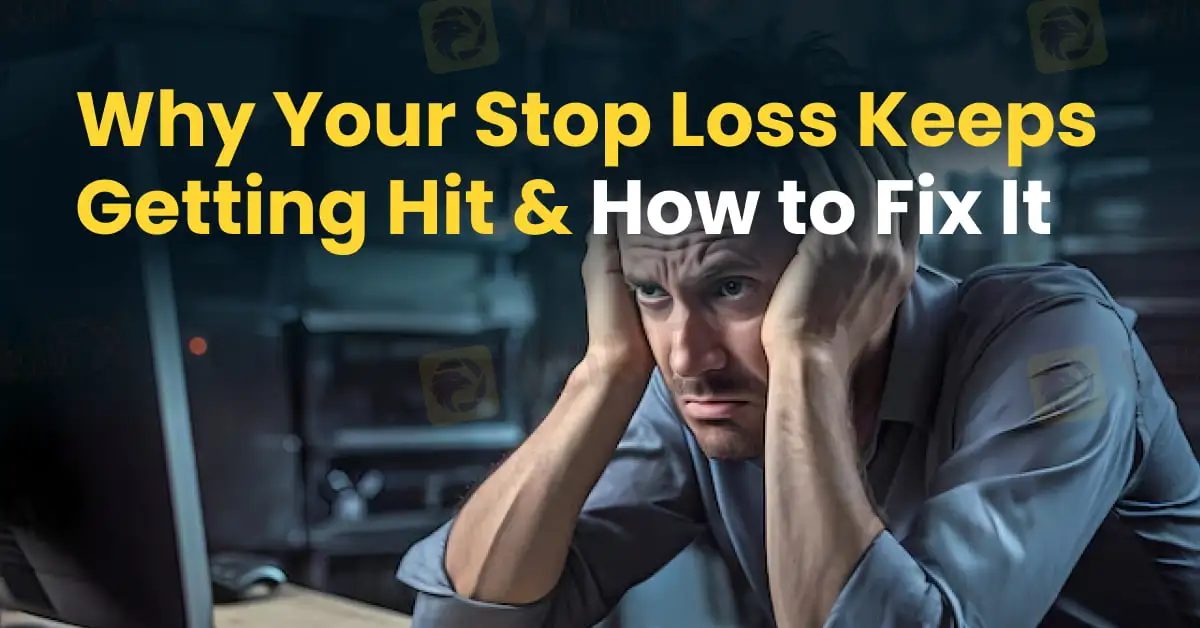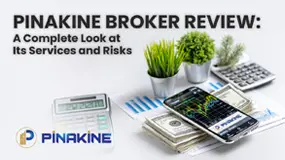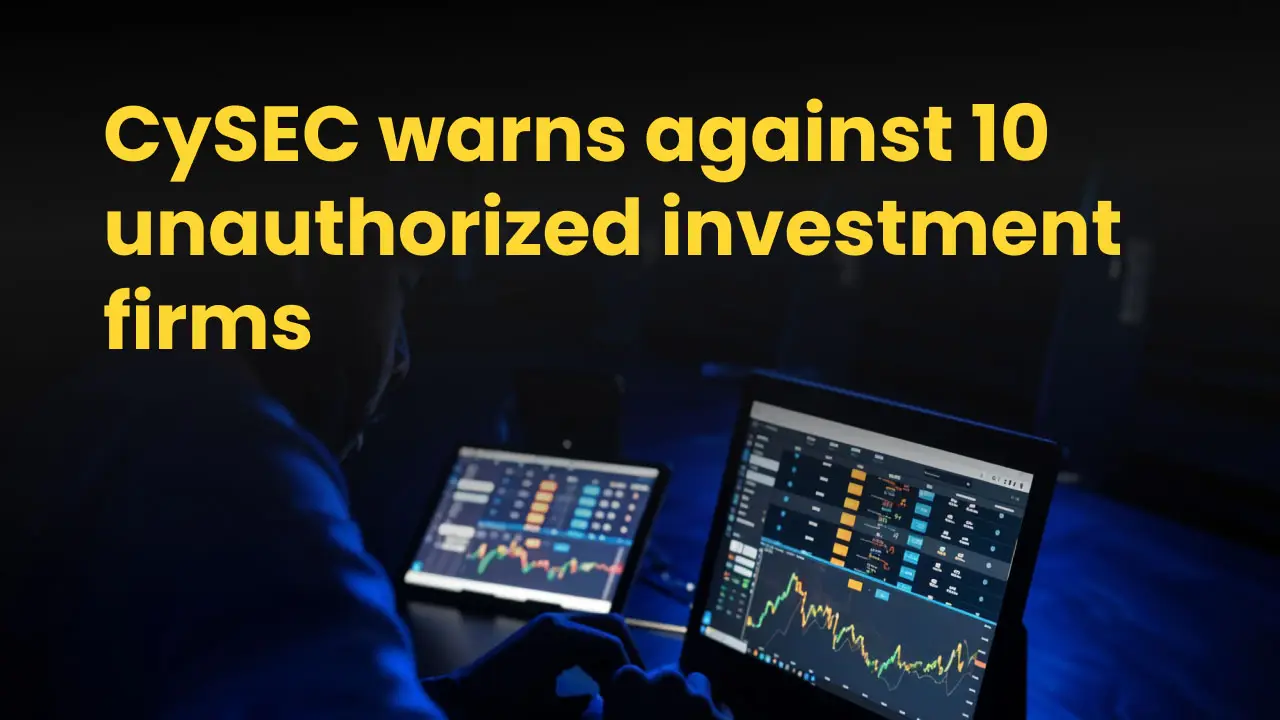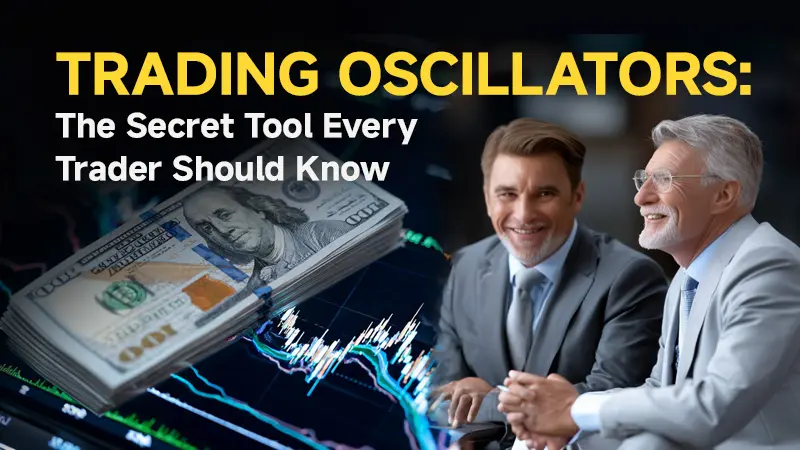简体中文
繁體中文
English
Pусский
日本語
ภาษาไทย
Tiếng Việt
Bahasa Indonesia
Español
हिन्दी
Filippiiniläinen
Français
Deutsch
Português
Türkçe
한국어
العربية
Why Your Stop Loss Keeps Getting Hit & How to Fix It
Abstract:Many new traders run into the same frustrating problem. They analyse the market, place a trade, and watch the price go against them just enough to hit their stop loss. Then, like a bad joke, the price moves exactly in their predicted direction. Read this article to learn how to fix this issue for good!

Many new traders run into the same frustrating problem. They analyse the market, place a trade, and watch the price go against them just enough to hit their stop loss. Then, like a bad joke, the price moves exactly in their predicted direction. Sound familiar?
This isn‘t just bad luck but usually a sign that the trade wasn’t set up properly. While risk management is important, its not enough on its own. To avoid getting stopped out too early, traders need better timing and more accurate entry points.

Here are a few common reasons why stop losses get hit before the trade moves in the right direction:
- Entering Too Early
Many beginners are too eager. They jump into a trade before the market confirms their idea. That means the price might still move around and test levels before taking off, and your stop gets hit during that noise.
- Stop Loss Too Close to Price
A lot of traders place their stop loss too tight, just below a recent low or above a high. These are often spots the market retests before making a move, so its easy to get stopped out for no real reason.
- Not Considering Market Conditions
Markets don‘t move the same way all the time. What works during a strong trend won’t work in a sideways market. If you dont adjust your strategy, your stop loss may be in the wrong place.
- Chasing Risk-Reward Ratios
Aiming for a good risk-to-reward ratio like 1:2 sounds smart, but trying to force trades into this framework can lead to stop losses that dont fit the actual market behaviour.

The real purpose of a stop loss is to get you out when you‘re clearly wrong, not just to keep you “safe.” If your trade idea is still valid but your stop gets hit anyway, then the problem isn’t the stop loss. Its likely your entry was off.
To trade well, you need more than just a risk plan. You need to enter at the right place, with confirmation that your idea makes sense in that moment. Only then can a stop loss really work as intended.

To improve your results, try these simple but powerful steps:
Wait for confirmation. Dont enter just because you think the market will move; instead, look for signs that it already has.
Use bigger timeframes. They give clearer signals and help you avoid random price movements.
Put your stop where the trade truly fails. Dont just choose a number that feels “safe”, but make sure it marks the point where your idea would actually be wrong.
In short, trading is not just about being right. It‘s about being right at the right time and in the right place. That’s the key to making your stop loss work for you, not against you.

Disclaimer:
The views in this article only represent the author's personal views, and do not constitute investment advice on this platform. This platform does not guarantee the accuracy, completeness and timeliness of the information in the article, and will not be liable for any loss caused by the use of or reliance on the information in the article.
Read more

PINAKINE Broker Review: A Complete Look at Its Services and Risks
Finding a trustworthy broker from the huge and often confusing world of online trading options is one of the biggest challenges a trader faces. In this competitive market, PINAKINE Liquidity Limited has appeared, getting attention with promises of high leverage and zero-commission trading. However, a closer look shows important factors that every potential client must think about before investing. The most important thing to consider with PINAKINE is that it has no regulation. This fact completely changes how risky the broker is and has major effects on how safe your investments will be. This review gives a complete and fair examination based on information available to the public. We will break down its services, trading conditions, platform technology, and the possible risks involved, helping you make a fully informed decision.

Voices of the Golden Insight Award Jury | Tim Waterer, Chief Market Analyst of KCM Trade
WikiFX Golden Insight Award uniting industry forces to build a safe and healthy forex ecosystem, driving industry innovation and sustainable development, launches a new feature series — “Voices of the Golden Insight Awards Jury.” Through in-depth conversations with distinguished judges, this series explores the evolving landscape of the forex industry and the shared mission to promote innovation, ethics, and sustainability.

CySEC warns against 10 unauthorized investment firms
The Cyprus Securities and Exchange Commission (CySEC) has issued a public warning against 10 unauthorized investment firms that are illegally offering investment services to investors.

Trading Oscillators: The Secret Tool Every Trader Should Know
If you’ve ever looked at a trading chart and wondered how traders know when a price is “too high” or “too low,” the answer often lies in trading oscillators. A trading oscillator is a type of technical indicator that helps traders measure the momentum of price movements. In simple terms, it tells you when a currency pair, stock, or commodity might be overbought or oversold — which can signal a potential reversal.
WikiFX Broker
Latest News
Stonefort Broker Review 2025: Legit or Risky? A Complete Analysis
Quantower Review 2025: User Reviews and Complaints in India
Uniglobe Markets Review 2025: A Safe Broker or a High-Risk Scam?
CHINA BEST Broker Review: Regulation and Risks
TD Markets Exposed: Price Manipulation, Withdrawal Issues & False Promises Hurt Traders
Bank of England holds rates steady in narrow vote ahead of Autumn Budget
BingX Review: Traders Angry Over Withdrawal Denials, Account Blocks & More
Op-ed: The fuel for the AI boom driving the markets is advertising. It is also an existential risk.
Private payrolls rose 42,000 in October, more than expected and countering labor market fears, ADP says
He Thought It Was a Crypto Investment; It Cost Him RM1.2 Million
Currency Calculator




